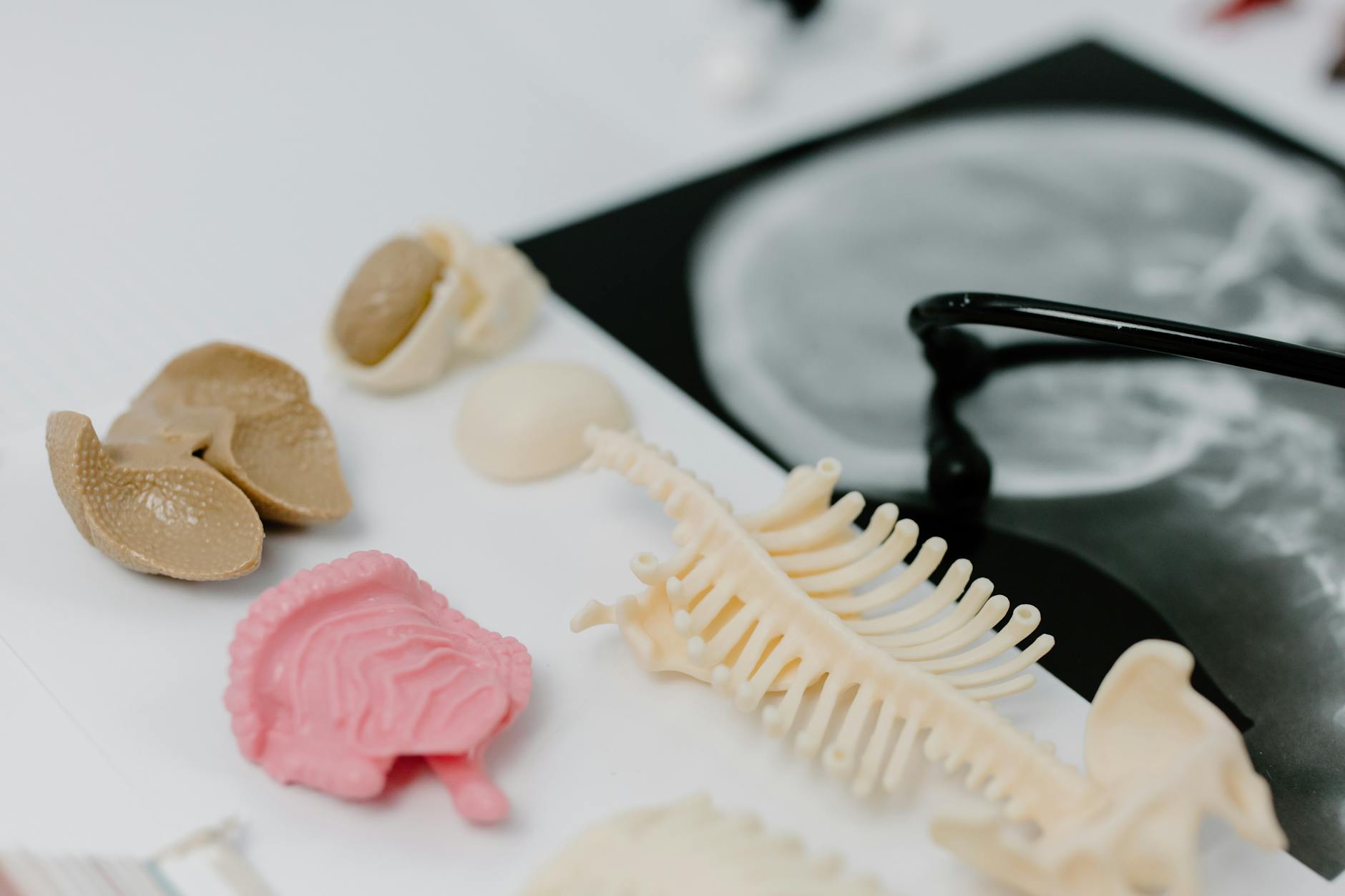When it comes to predicting how new heart therapies will work in people, research teams often rely on data from pigs. Pigs have hearts that are similar in size, structure, and function to human hearts, a key reason they play a big role in cardiac preclinical studies. Their unique physiology allows scientists to test new drugs, devices, and cell therapies with more accuracy and fewer surprises compared to smaller animal models.
Researchers have used pig data to make real progress in areas like regenerative medicine, heart valve testing, and the study of arrhythmias. Even with these strengths, working with pigs brings its own challenges, from the risk of complications to the costs and need for careful breed selection. As technology and data analysis improve, pig-based studies continue to push boundaries and help bridge the gap from lab success to safer, more effective heart treatments for people.
Why Pigs Are Essential Models in Cardiac Preclinical Research
Pigs are a top choice for studying heart disease and testing new treatments before they reach people. Their heart structure, function, and genetics are impressively close to ours, making pig studies especially reliable when translating results into real-world therapies. When we look at heart attacks, heart failure, or new regenerative procedures, pig models stand out for their accuracy and predictability.
Let’s break down why pigs continue to lead the pack when compared to other large animal models in cardiac research.
Anatomical and Physiological Similarities to Humans

The pig heart is remarkably close to the human heart in both form and function:
- Similar heart size and weight. Adult pig hearts often match the human heart in dimension, letting researchers use the same tools and imaging systems used in hospitals.
- Natural four-chamber structure. Both pigs and humans have two atria and two ventricles, and their hearts pump blood in almost identical ways.
- Comparative coronary circulation. The patterns of coronary arteries and veins in pigs strongly mimic those in humans, which is a key factor for studying heart attacks and other blood-flow issues.
- Heart rate and rhythm. Pigs have heart rates and electrical conduction patterns similar to humans, making them perfect for studies involving arrhythmias or new ECG analysis tools.
Looking deeper, scientists have found that even the way pig hearts respond to injury or stress copies the human experience closely. There are subtle differences, of course, but for most practical cardiac studies, pigs come out on top. For a more technical side-by-side, check out this detailed review comparing pig and human heart anatomy.
Translational Value for Disease and Therapy Modeling
What really sets pigs apart is how well their data translates into human medicine:
- Myocardial infarction (heart attack) modeling: Creating controlled heart attacks in pigs is straightforward because their coronary artery setup matches the human system. The size and nature of tissue damage that results mimics what doctors see in people.
- Heart failure research: Pig models are reliable for reproducing the progression of heart failure, allowing drug and device testing that predict human responses accurately.
- Regenerative therapies: Because tissue healing and scarring processes in pigs follow human patterns, scientists can confidently test stem cell therapies and novel drugs here before moving to human trials.
These points save time and lower the risk of surprises when a new therapy finally reaches clinical use. If you want a closer look at the science, this resource on preclinical porcine models for cardiac research walks through examples and outcomes from real studies.
Comparison to Other Large Animal Models
It's not just pigs in the lab—sheep, dogs, and non-human primates also play a part. Still, pigs are the preferred choice for reasons like:
- Size and anatomy: While sheep and dogs have smaller or slightly different heart structures, pigs are the best anatomical fit for human studies.
- Ethical and cost benefits: Pigs are easier to breed and house than primates and face fewer ethical concerns in most places.
- Response to therapies: The way a pig’s heart reacts to drugs, devices, or surgical procedures is more predictable compared to other large animals.
Of course, every animal model has some drawbacks—cost, space, and complexity all increase compared to rodent models. But when accuracy is a must, pigs usually win out. For more detail on this, check out this comprehensive review of large animal models in cardiovascular disease.
Pigs aren’t just a good stand-in; their similarities to humans make them essential for moving heart research from “promising in the lab” to “safe and effective in patients.”
Advancements in Pig Cardiac Models: Gene Editing, Xenotransplantation, and Device Testing
New technology is changing how scientists use pigs in heart research. Today, genetic engineering, transplant studies, and the testing of new heart devices all rely on improved pig models. These advances help researchers get clearer, more reliable answers when planning for future heart treatments in people.
Genetic Engineering Techniques and Disease-Specific Models
The power to edit pig genes has transformed heart research. Tools like CRISPR-Cas9 mean that scientists can change, cut, or silence specific genes to make pig hearts even more like human hearts, or to mimic certain conditions.
- Tailor-made genetic changes: By turning genes on or off, researchers create pigs that develop specific heart diseases seen in people, including arrhythmias or thickened heart walls.
- Reducing immune rejection: Genetic engineering helps make pig organs less likely to be attacked by the human immune system, a key need for future transplant research.
- Advanced models for rare conditions: Gene editing lets teams build pigs with unique rare heart conditions, filling research gaps that other models can't cover.
For a deeper dive into genetic approaches used in these areas, visit this overview of genome editing for pig heart xenotransplantation and learn about current techniques of gene editing in pigs for biomedical use.
Progress in Cardiac Xenotransplantation Research
Pig hearts could soon meet the desperate need for transplant organs. Thanks to genetic engineering and better surgical approaches, pig-to-human heart transplants, called xenotransplantation, have taken major leaps forward.

Key advancements include:
- Overcoming immune barriers: Scientists have used gene editing to prevent quick rejection by blocking specific pig proteins that trigger strong human immune responses.
- Longer organ survival: Improved techniques mean pig heart grafts now survive longer in primates and, in a few high-profile cases, in humans.
- Human clinical trials starting: After decades of work, early human trials now explore the possibility of xenotransplantation for patients, showing real-world feasibility.
If you want to review the immunological science and where these studies stand, check out this summary on progress in xenotransplantation barriers and solutions.
Testing Cardiovascular Devices and Regenerative Therapies
Pig models are central for checking how well new heart devices and therapies work before they reach humans. Their heart size and function let researchers trial full-sized devices under realistic conditions.
- More accurate testing: Artificial valves, catheters, and stents are sized for humans, so pigs provide a close match for device fit, performance, and safety.
- Simulating real heart disease: By recreating blocked arteries, damaged valves, or heart failure, pigs allow researchers to test whether a device really solves the problem.
- Evaluating regenerative therapies: Pigs are used to test cell treatments and engineered tissues, as their hearts heal in ways that predict human outcomes.
Recent reviews, like this one on pigs as models to test cardiovascular devices, show how essential these studies are for moving new treatments from the lab to the clinic. If you want more technical details, there’s also a focused discussion of pig-based device testing in this article from MDPI.
Pig data is opening doors for safer, faster, and more reliable heart research. When genetic changes, transplant opportunities, and high-impact device testing all meet in one model, the future of cardiac care looks brighter than ever.
Challenges and Best Practices in Using Pig Data for Preclinical Cardiac Research
Working with pig models in cardiac research brings strong translational value, but it also comes with real-world challenges. Getting reliable, high-quality data depends on making smart decisions about breeds, managing costs, keeping animal care at a high standard, and handling scientific honesty about reproducibility and variability. New tools, like AI-driven analytics platforms, are helping researchers harness the full potential of these models, improve data quality, and speed up discovery. Below, you'll find a practical dive into the top challenges and solutions when using pig data for preclinical heart research.
Breed Selection, Cost, and Husbandry Requirements
Choosing the right pig breed sets the stage for how research plays out. Not all pigs fit every study, and the practical stuff—like cost and animal care—often gets overlooked.
- Breed matters: Common breeds like Yorkshire, Landrace, and Göttingen minipigs vary in heart size, growth rate, and baseline health. Some are more prone to heart conditions that match human disease, while others are better for long-term studies.
- Budget pressures: Pigs are more expensive to house and feed than rodents. They need more space, highly skilled staff, and constant monitoring, which pushes up the cost of each experiment.
- High-stakes care: Their size and power mean that husbandry teams must be ready to manage anesthesia, stress, and post-procedure recovery. Even slight lapses in care can lead to complications that skew results.
- Best practice: Standardize animal care protocols, match breed choice to research goals, and factor true costs into any study design from the start.
If you want a closer look at these basics, this review on porcine models for cardiac research discusses common breeds and practical deployment in the lab.
Reproducibility, Variability, and Model Standardization
Scientific reliability hinges on reproducibility, but pig studies can easily drift due to small differences in methods or animals.
- Batch effects matter: Pig genetics, feed, and even the climate in their housing can introduce unwanted variability between experiments.
- Procedure drift: Small differences in how researchers induce myocardial infarction or monitor arrhythmias can affect the outcome. Even surgical skill varies across teams and sites.
- Reporting gaps: Without detailed reporting on animal protocols, reproducing successful studies is tough for others in the field.
- Best practice: Use shared protocols, set pre-study quality checks, and maintain detailed records on both animal and experimental variables. Engage in cross-lab comparisons or validation if possible.
Efforts to create consensus guidelines and transparency in pig research are helping bring better consistency. The push toward open method sharing is paying off with stronger, faster science.
Ethical and Zoonotic Safety Considerations
Animal ethics and safety need to be front and center, especially when using large animals.
- Ethical review: Every study needs an active ethics committee review. Minimizing animal suffering, using the fewest animals possible, and setting humane endpoints protects both animal welfare and research quality.
- Public scrutiny: Pigs are smart, social animals, raising concerns about their treatment in labs. Transparent protocols and third-party oversight help maintain public trust.
- Zoonotic risk: Pigs can carry viruses or bacteria that humans catch. Research teams must maintain strict biosecurity, screen animals, and follow governmental rules on zoonosis monitoring.
- Best practice: Build in regular welfare checks, keep transparent documentation, and communicate with oversight teams throughout the study.
For more on ethical dimensions, this discussion of ethical issues in pig-to-human research shares insight from recent transplant studies.
Leveraging AI for Enhanced Data Analysis and Translational Relevance
Analyzing volumes of data from pig ECGs or functional studies can overwhelm many labs. Enter AI-driven tools like MaxYield™—these make a real difference in turning raw recordings into solid insights people can trust.
- Cleaning up noisy data: AI models can sort out artifacts, reduce background noise, and clarify abnormal rhythms, boosting the reliability of long-term ECG datasets.
- Standardization and objectivity: With device-agnostic solutions, labs can harmonize data across different machines and studies, cutting back on human bias or subjectivity.
- Speeding up discovery: MaxYield™ delivers near-instant beat-by-beat analysis, so teams identify subtle patterns, test interventions, and make decisions faster.
- Bridging human translation: Advanced AI not only streamlines pig data but can highlight features that map directly onto human cardiac events, improving how findings jump from animal studies to patient care.
Researchers are already seeing benefits from these strategies. According to a recent review of AI in cardiovascular research, AI platforms are changing how ECG and imaging records are interpreted and used for next-step development.
Using best practices for breed and care, standardizing models, respecting ethics, and tapping into AI-backed platforms empowers researchers. With these steps, pig data becomes both more meaningful for discovery and more likely to help people with heart disease in the clinic.
Conclusion
Pig data has shaped preclinical cardiac research, making better heart treatments possible and safer before they move to patients. The past few years brought powerful advances like gene editing, custom disease models, and big steps in xenotransplantation. These tools help researchers get results that look and feel more like human medicine, while device testing in pigs sets the stage for real-world clinical success.
Despite real progress, challenges remain. Breed selection, high costs, and the need for careful ethical oversight still test even the best labs. Reproducibility and standardization continue to be crucial, and constant attention to animal wellbeing and zoonotic safety keeps research on solid ground.
New technology is changing what’s possible. Platforms like MaxYield™ and smarter AI tools make it easier to turn complex ECG readings into clear data that pushes the field forward. By combining technical innovation with responsible science, researchers can unlock even more answers from pig models.
Pig studies will keep playing a key role as cardiac research moves ahead. Thanks for taking the time to read and explore this important topic. If you’re interested in new updates or want to share your experience, let us know in the comments below.







